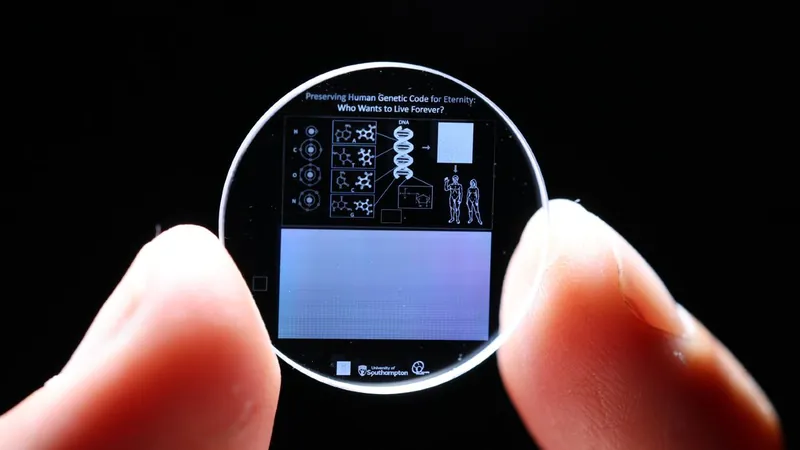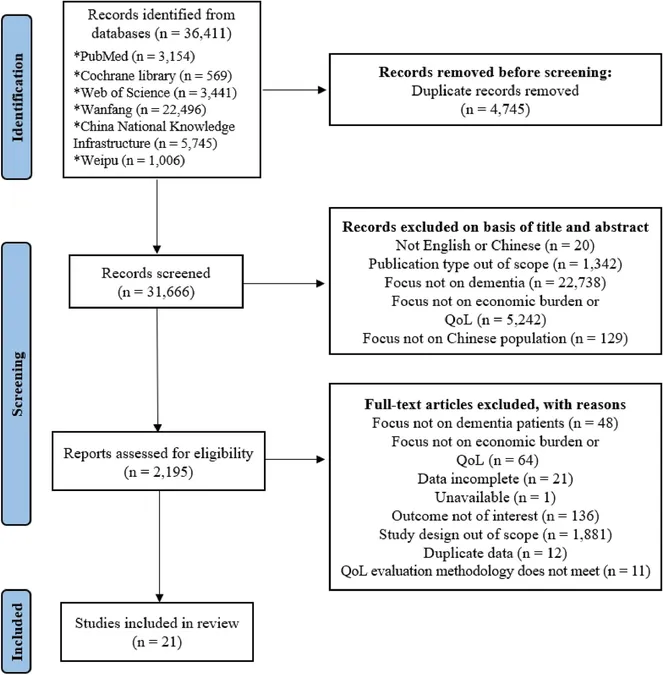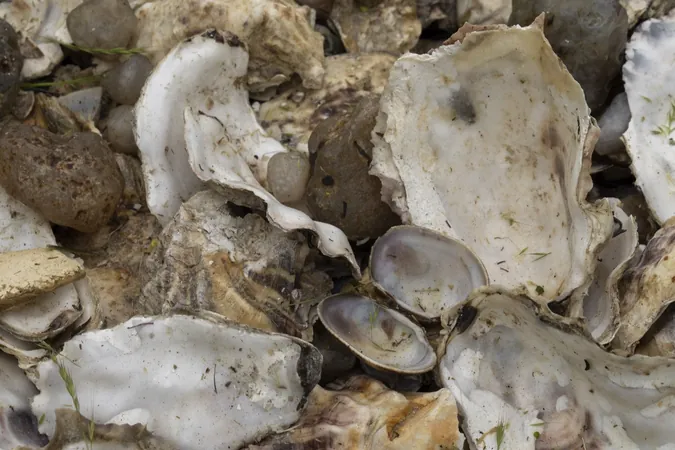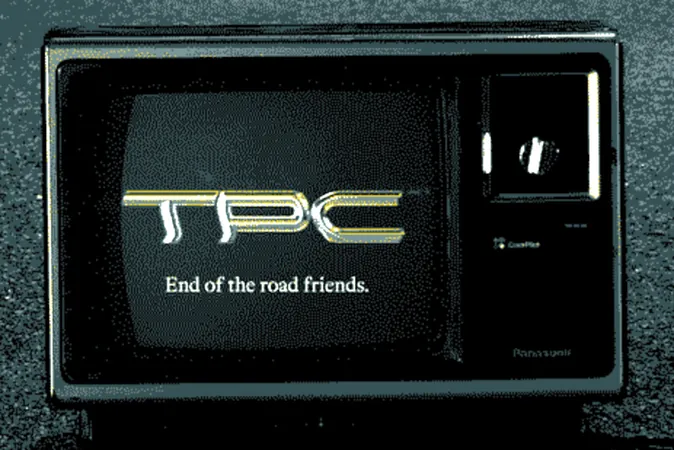
Scientists Store Humanity’s DNA in Revolutionary 5D Memory Crystal Poised to Outlast Time
2024-09-25
Introduction
In a groundbreaking achievement, researchers have successfully encoded a complete copy of the human genome into a resilient '5D memory crystal,' a cutting-edge data storage medium that could preserve this genetic information for billions, if not trillions, of years. This remarkable innovation could one day enable the resurrection of our species after it has faded from existence.
Development of the 5D Memory Crystal
This sophisticated crystal, roughly the size of a coin, was developed by scientists at the University of Southampton in England. It utilizes a synthetic material with properties akin to fused quartz — a highly stable glass composed predominantly of silica. Since its introduction in 2014, the crystal has been recognized by Guinness World Records as the most durable data storage material on Earth.
Unmatched Lifespan and Durability
Typical data storage methods suffer from decay over time, but the 5D memory crystal boasts a staggering lifespan, theorized to last at room temperature for up to 300 quintillion years, outstripping even the longest predictions for the universe's lifetime. When subjected to extreme conditions – including temperatures of 374 degrees Fahrenheit (190 degrees Celsius) – the crystal is projected to endure for up to 13.8 billion years, roughly the current age of the universe. This durability suggests that the crystal could potentially outlive Earth, which is expected to be destroyed by the sun in approximately 5 billion years.
Resilience Against Harsh Conditions
The crystal can remain intact amidst extreme conditions, withstanding temperatures beyond 1,800 degrees Fahrenheit (1,000 degrees Celsius), subzero environments, and intense pressures — equivalent to that exerted by two African elephants standing on a tiny area. Its resilience extends to long-term exposure to cosmic radiation, implying it could survive deep space travels.
Encoding Information in 5D
To encode information, researchers use lasers to inscribe data onto millions of microscopic nodes arranged within a five-dimensional matrix. This configuration features two optical dimensions and three spatial coordinates. Previous endeavors have seen the storage of notable texts like the Magna Carta and the Universal Declaration of Human Rights, with the largest crystals capable of housing up to 360 terabytes of data — an astonishing capacity exceeding that of over 5,000 standard iPhones.
Project to Store Human Genome
In this specific project, scientists meticulously transcribed the entire human genome, which comprises about 3 billion nucleotides represented by the letters A, C, G, and T. The final crystal will be housed deep within the Hallstatt salt mine in Germany in a collection dubbed the Memory of Mankind. This initiative aims to provide future civilizations—perhaps descendants of humans or advanced alien beings—with the tools needed to revive humanity after an extinction event.
Visual Aids for Future Discoverers
The crystal also features visual representations of nucleotide structures, DNA’s double-helix, and essential atomic building blocks like carbon, oxygen, and nitrogen. Such diagrams may assist any future discoverers in understanding the crystal's intent.
Skepticism Surrounding Revival Possibilities
However, skepticism exists among some experts regarding the feasibility of reviving humanity from such a crystal. Thomas Heinis, a specialist in DNA storage from Imperial College London, expressed concerns that future civilizations may lack the knowledge to decode the crystal, comparing it to the difficulty he faces in operating a 10-year-old iPod.
Broader Applications Beyond Humans
Beyond the revival of human beings, this revolutionary technology holds potential for preserving a diverse array of genomic information, which could eventually aid in the restoration of other life forms, including plants and animals, as scientific advancements continue.
Philosophical Implications
The implications of this remarkable feat resonate not only within the scientific community but also raise philosophical questions about the impact of humanity's legacy. As we stride forward into an uncertain future, the memory crystal embodies a beacon of hope, offering a window into what one day might be.









 Brasil (PT)
Brasil (PT)
 Canada (EN)
Canada (EN)
 Chile (ES)
Chile (ES)
 España (ES)
España (ES)
 France (FR)
France (FR)
 Hong Kong (EN)
Hong Kong (EN)
 Italia (IT)
Italia (IT)
 日本 (JA)
日本 (JA)
 Magyarország (HU)
Magyarország (HU)
 Norge (NO)
Norge (NO)
 Polska (PL)
Polska (PL)
 Schweiz (DE)
Schweiz (DE)
 Singapore (EN)
Singapore (EN)
 Sverige (SV)
Sverige (SV)
 Suomi (FI)
Suomi (FI)
 Türkiye (TR)
Türkiye (TR)